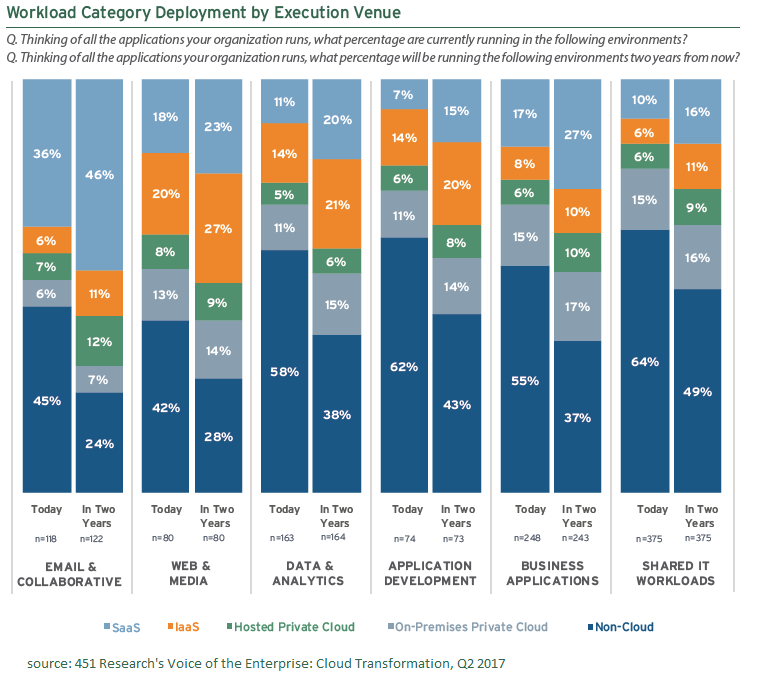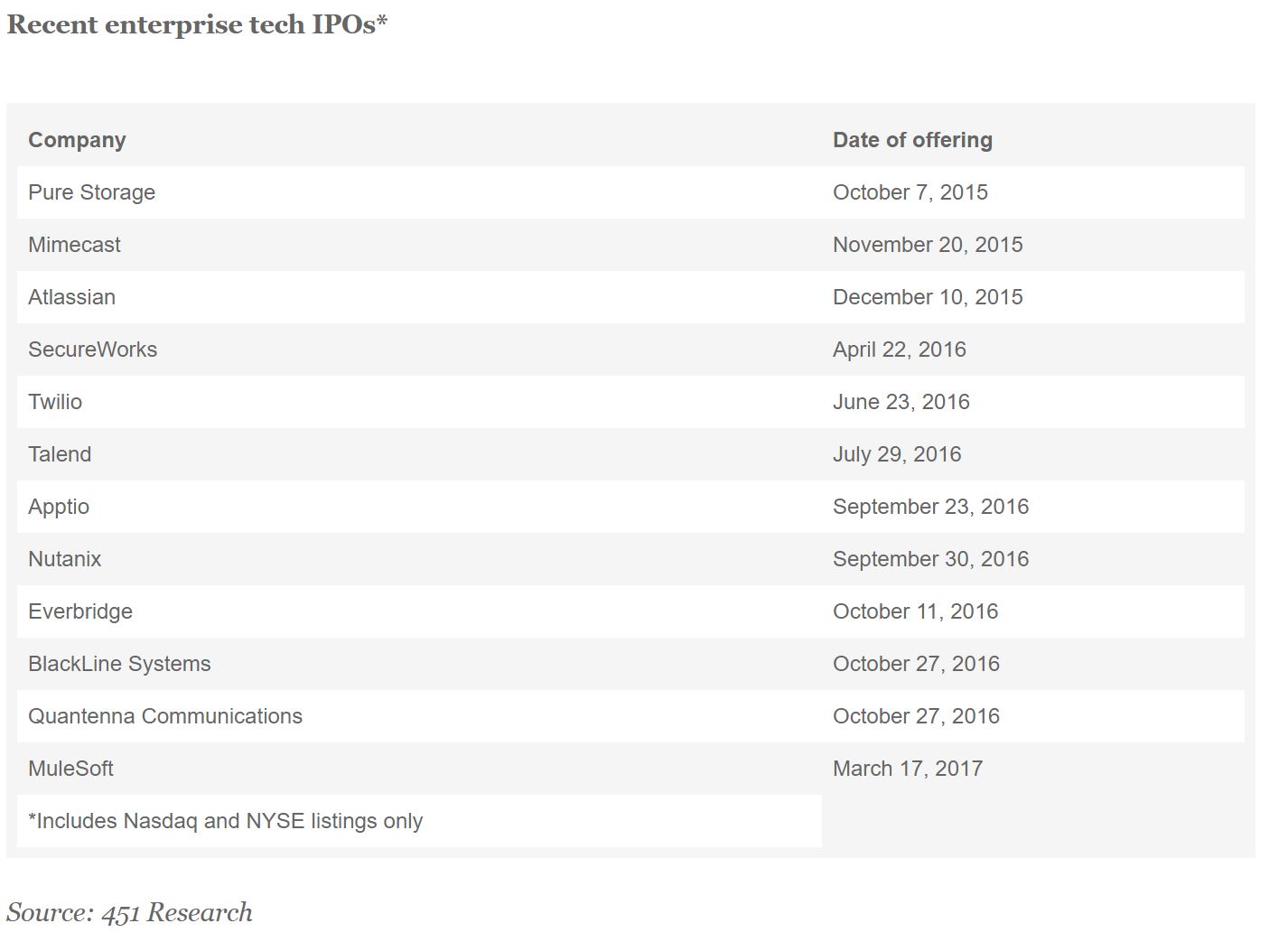Contact: Brenon Daly
A day after Amazon’s Jeff Bezos put out an open-ended tweet to the world asking where he should donate his money, we now know at least one early recipient of his philanthropy: Whole Foods Market. OK, the $13.7bn acquisition of the grocer isn’t exactly charity, but nor is it an example of a hardened dollars-and-cents M&A strategy.
Instead, it might be most accurate to think of the Amazon-Whole Foods pairing as a blend of giving and buying, a deal that’s being attempted by one of the few CEOs who could possibly get away with spending billions of dollars of shareholder money to effectively take his company backward in time. For lack of a better term, think of Bezos’ move as a ‘patronage purchase.’
Whole Foods, which was being stung by a gadfly hedge fund, needed a buyer for the 430-store chain. (From our side, we were half expecting the grocery chain’s CEO, John Mackey, to try a Kickstarter-funded management buyout.) Amazon — or more accurately, Bezos — is convinced that the world’s largest online retailer needs a brick-and-mortar presence.
Undoubtedly, there’s a certain logic to building up the distribution network for physical goods, which account for the bulk of Amazon’s revenue. However, those sales aren’t particularly attractive, at least economically. To put some numbers on that, consider the operations for Whole Foods, a real-world business that Amazon is buying, compared with AWS, a cloud business that Amazon has built. Conveniently, both businesses generated roughly the same amount of revenue in the most recent quarter, $3.7bn. Leave aside the fact that AWS grew 43% while Whole Foods flatlined and just look at the operating margin: Whole Foods posted just $171m of operating income, only one-fifth the $890m that AWS generated.
Conventional corporate strategy would typically encourage a company to allocate resources to the business with the highest return (AWS), rather than spending billions of dollars to buy its way into a low-growth, low-margin adjacent market. But then, Bezos has never been conventional.
Historians will remember that Bezos pushed ahead with a $1.25bn convertible note offering for Amazon in 1999. At the time, the deal — the largest-ever convertible by a tech vendor — flew in the face of conventional corporate finance, giving those investors bearish on the money-burning company even more reason to mock ‘Amazon dot bomb.’ However, given that those notes converted at a price of $156 each, compared with the current market price for Amazon shares of nearly $1,000 each, it’s fair to say that Bezos has created a certain amount of goodwill on Wall Street. (Investors gave him the benefit of the doubt on the Whole Foods pickup, nudging Amazon shares slightly higher after the announcement.)
Similarly, by all accounts, Bezos’ purchase of the existentially threatened The Washington Post in 2013 has brought renewed growth to that stalwart newspaper. And while that $250m acquisition was done from Bezos’ own pocket (rather than Amazon’s treasury), it actually lines up fairly closely with the proposed reach for Whole Foods. Both groceries and newspapers represent once-thriving industries that have been decimated by a combination of technology and shifting consumer consumption patterns. In contrast, Amazon has built a half-trillion-dollar market cap on both of those trends, making it hard to bet against Bezos.
For more real-time information on tech M&A, follow us on Twitter @451TechMnA.




